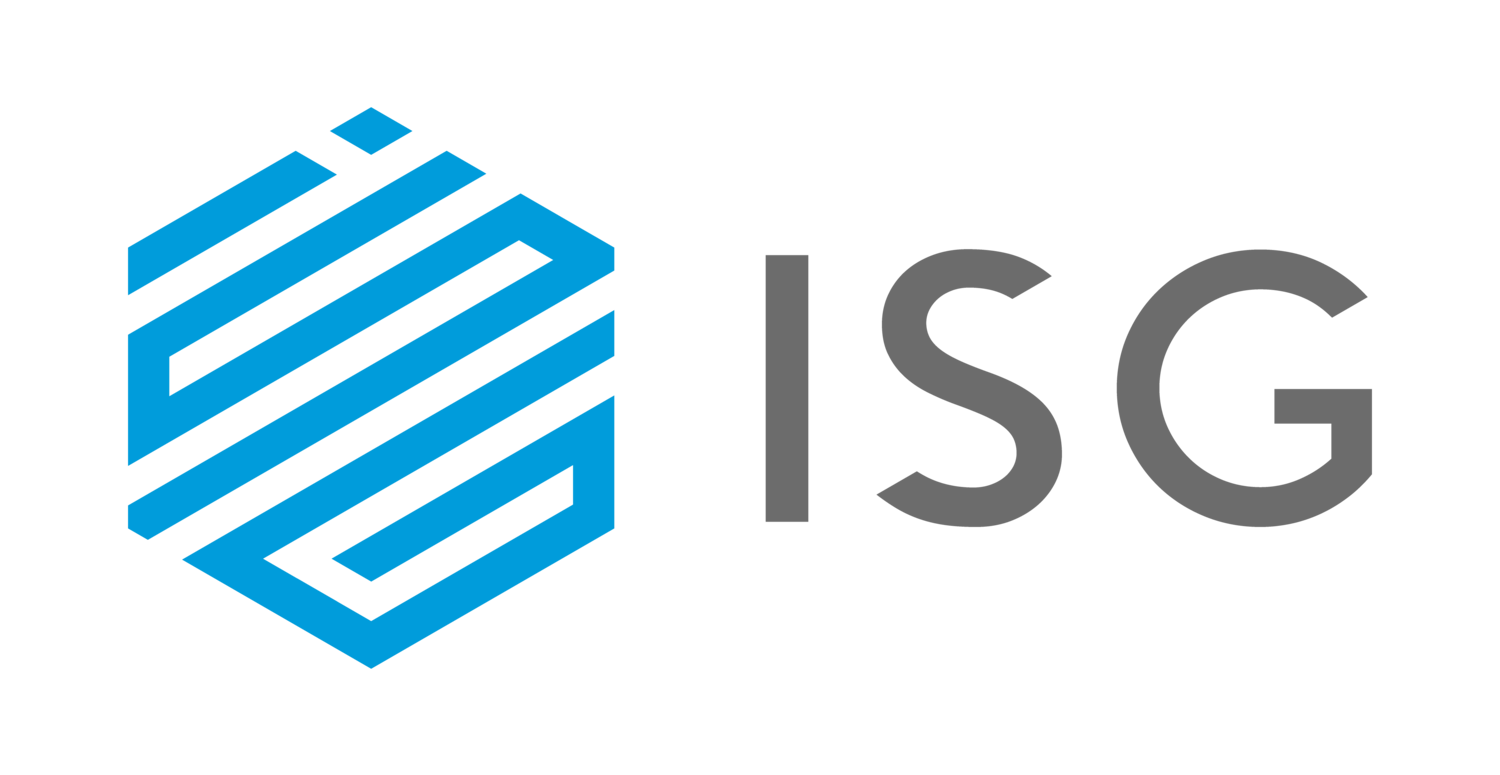Best Practices for Remote Hiring
As giants across the country, such as Facebook and Amazon begin to implement fully remote hiring processes in the face of COVID-19, smaller businesses are transitioning in much the same way. The hiring process is tough to master in the best of times, and remote hiring takes major adjustments (read more on the dangers of slowing your hiring here). In the face of a new normal, we’ve identified several ways to ensure you can keep your business right on track while working from home.
Maintain your normal hiring process where possible
In a moment where it feels like everything has turned on its head, maintaining normalcy in your hiring process while remote is key. Though tweaks and additions are inevitable and even helpful, there’s ultimately no need to reinvent the wheel. Maintain your typical scheduling and major steps – if your process typically consists of 2 phone interviews, then a face to face interview, maintain that order and tweak where necessary. Where you would normally have a face to face interview, of course, substitute a video interview (you can check out our top picks and determine the best software for your hiring situation here). Sticking close to the usual process is especially important if your hiring process requires coordination across several departments, and helps to keep the process uniform for when you’re back in the office.
Consider implementing an assessment
The biggest complaint with remote hiring is that video interviewing cannot capture the full picture of a candidate’s personality. This makes it difficult to know if they are the right culture fit, a factor which 84% of corporate recruiters deemed the most important hiring quality, as reported in Forbes. Behavioral or personality assessments, already in place in many hiring processes, can act as an excellent digital first step in determining culture fit, before moving to a video interview. Interviewers can utilize the assessment to tailor interview questions and gain a deeper understanding of the candidates motivations and personality.
Video chat with a team member
The lack of social cues and atmosphere of an office threatens to make a remote hiring process a bit stiffer than the usual. Consider adding a chat with an employee who would be a peer either as a separate step, or by looping the team member into an existing interview. Have a candidate speak with an individual contributor that they would be interacting with daily to give them an opportunity to ask questions about the day to day, on the job experience and learn more about the company culture.
Increase Transparency
A remote hiring process is as much an adjustment for candidates as it is for hiring managers, leaving uncertainty on both sides. The inability to shake hands and connect in person may be a major stressor for both parties, or as put simply by Thalia Wheatly, professor of psychology at Dartmouth, “Screens are distancing.In face-to-face communication, you are sharing a moment in time and space with someone.” In the same way, the inability to show candidates around an office or feed off the sense of community an office provides may be a stressor for hiring managers. Plan to mitigate these factors by increasing transparency at every stage of the remote interview process, whether that’s more detailed explanations of culture, longer interviews in order to facilitate a deeper understanding of the candidate, or simply admitting that the process may have some bugs – ultimately, let’s all remember we’re in this together.
